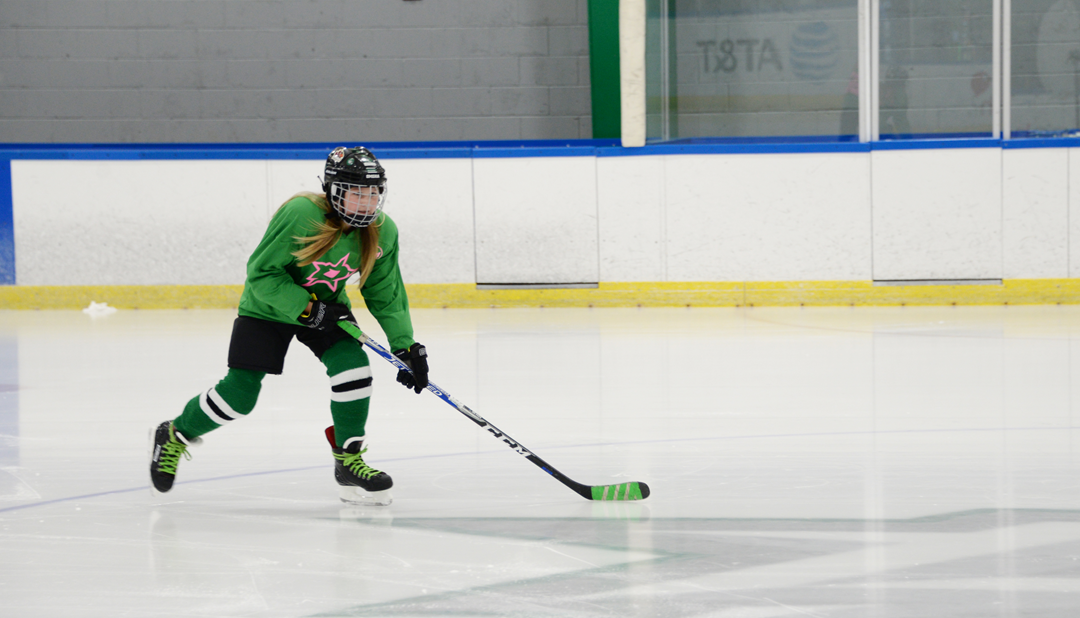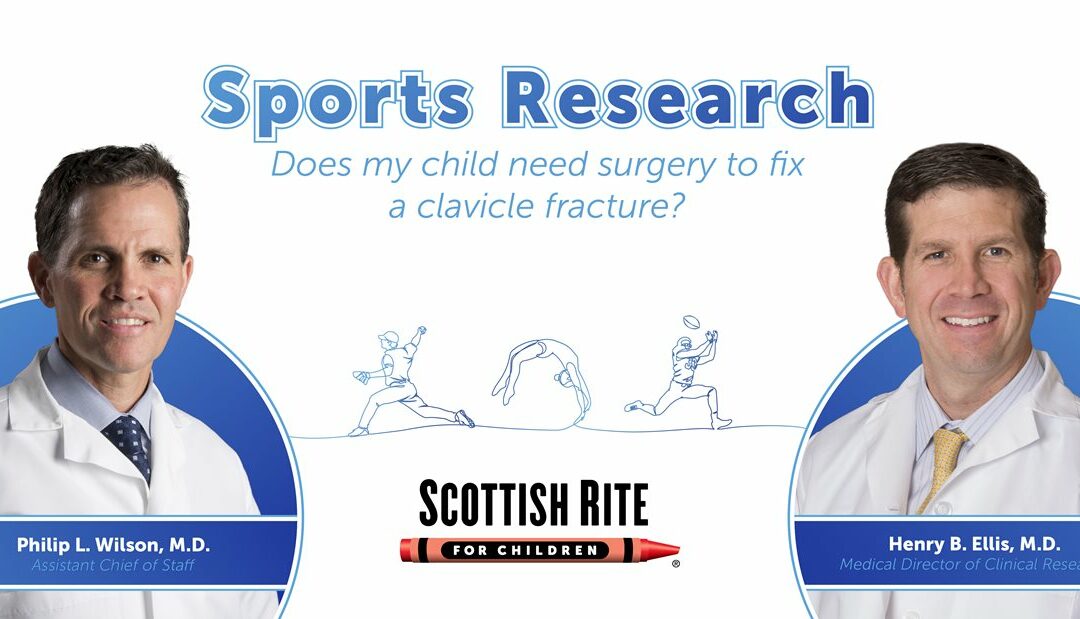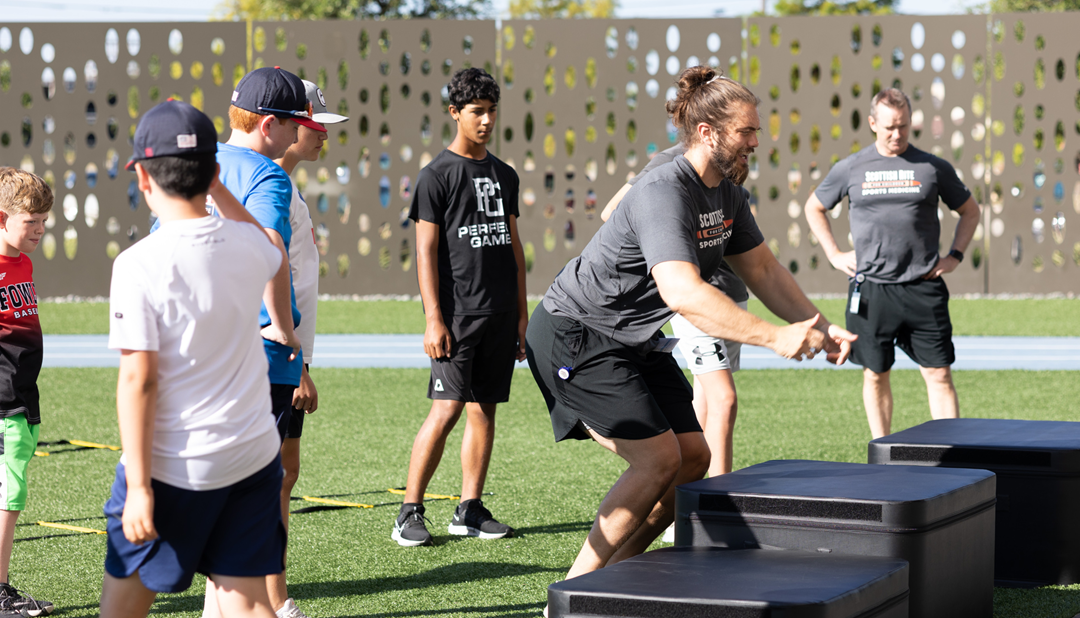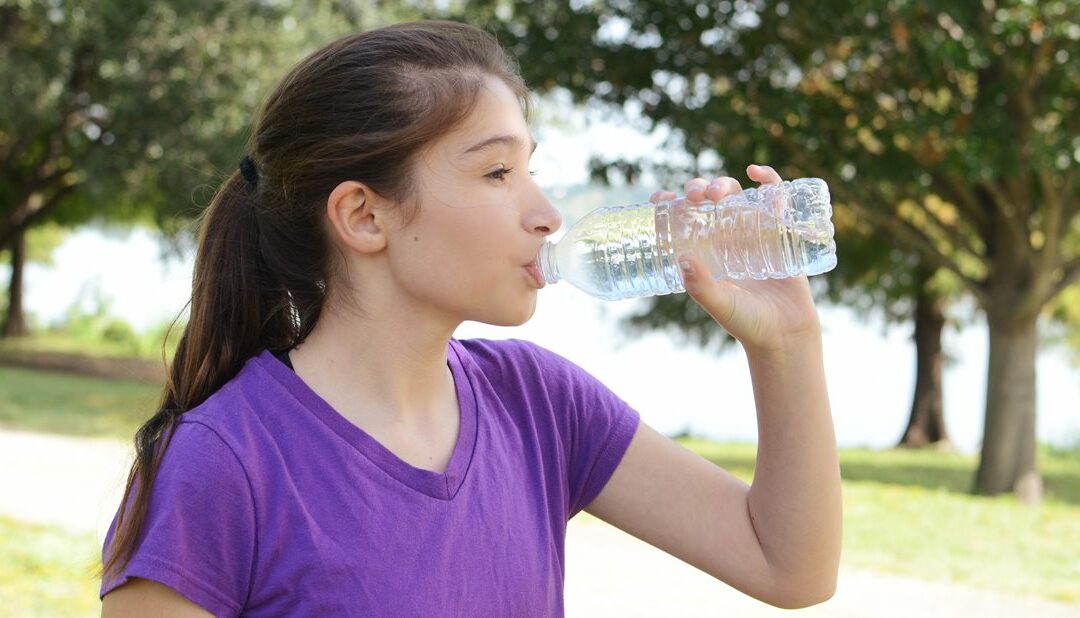
Common Youth Ice Hockey Injuries and How to Avoid Them
Rules, such as delaying body checking, change an athlete’s risk of injury. We asked Jacob C. Jones, M.D., RMSK, and Madelyn White, P.T., D.P.T., to answer a few questions about pediatric sports medicine and physical therapy as it relates to ice hockey. Here’s what they had to say.
What do we know about ice hockey injuries?
Injuries occur quite frequently. Even though much of youth hockey prohibits checking and overt contact, that doesn’t entirely eliminate all contact in the sport. Both acute and chronic musculoskeletal injuries happen to hockey players. Concussions are also common in ice hockey players.
Are there different injuries in different age groups or skill levels?
Although many injuries are similar, younger hockey players may have more frequent injuries involving their growth plates since older adolescents may be near completion of growth. As a result, providers should be aware of how any injury may affect a growth plate. This can help provide the best treatment and avoid future complications.
Are there certain considerations when a player returns to the ice after an injury and rehabilitation?
It’s important to allow a gradual return to full participation in on-ice and off-ice training after injury. Be sure to warm up adequately prior to practice and games and avoid playing through pain.
Are ice hockey injuries preventable?
Yes, some of them may be preventable, especially the chronic injuries. Different youth leagues around the world have implemented rules changes regarding checking to help reduce the incidence of acute injuries.
What are tips for a skater to help prevent injuries?
Wearing proper gear, continuing to build flexibility and core strength. Some common injuries include ankle and shoulder injuries. Focusing regularly on exercises that help with the strength and mobility of these areas could help prevent injuries. Many overuse injuries and burnout can be prevented by trying to find at least three months out of the year to do a non-hockey sport or activity.
What should parents know about concussions in ice hockey?
Like other contact sports, these happen even with appropriate protective equipment and rules to avoid contact. Given the unique nature of the sport of hockey compared to other field sports, a treatment plan and return to play program should be tailored to hockey players. Seeing a medical provider familiar with sport-related concussions and hockey can help determine when it is safe to return to the ice, then safe to return to full hockey participation.
Are there exercises to help prevent back pain in ice hockey skaters?
Exercises to maintain hip mobility can help maintain good skating form and avoid back pain during hockey. It’s also important to build up abdominal and glutes strength. Exercises such as planks, banded side steps and crab walks can help prevent low back pain.




.jpg?width=350&height=314)

.png?width=500&height=243)